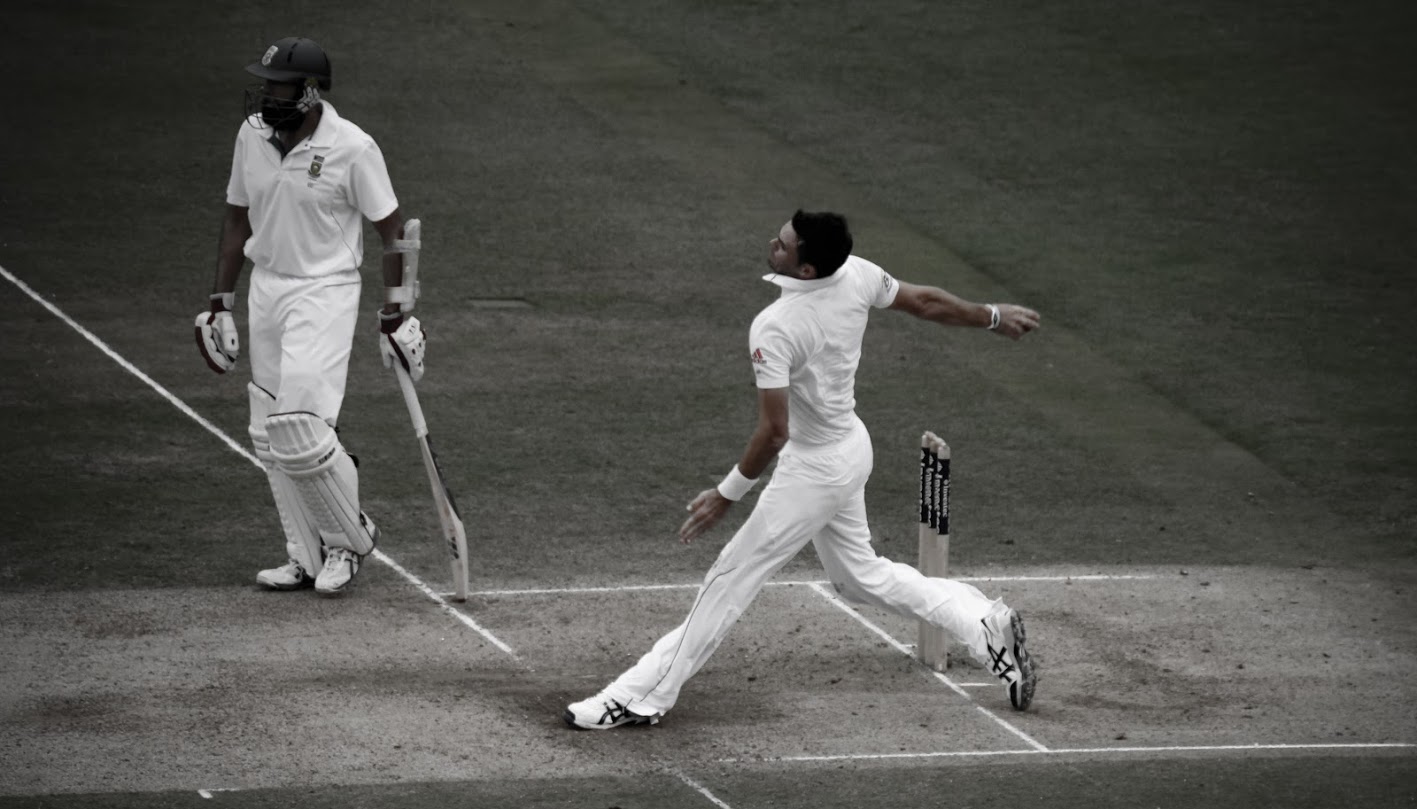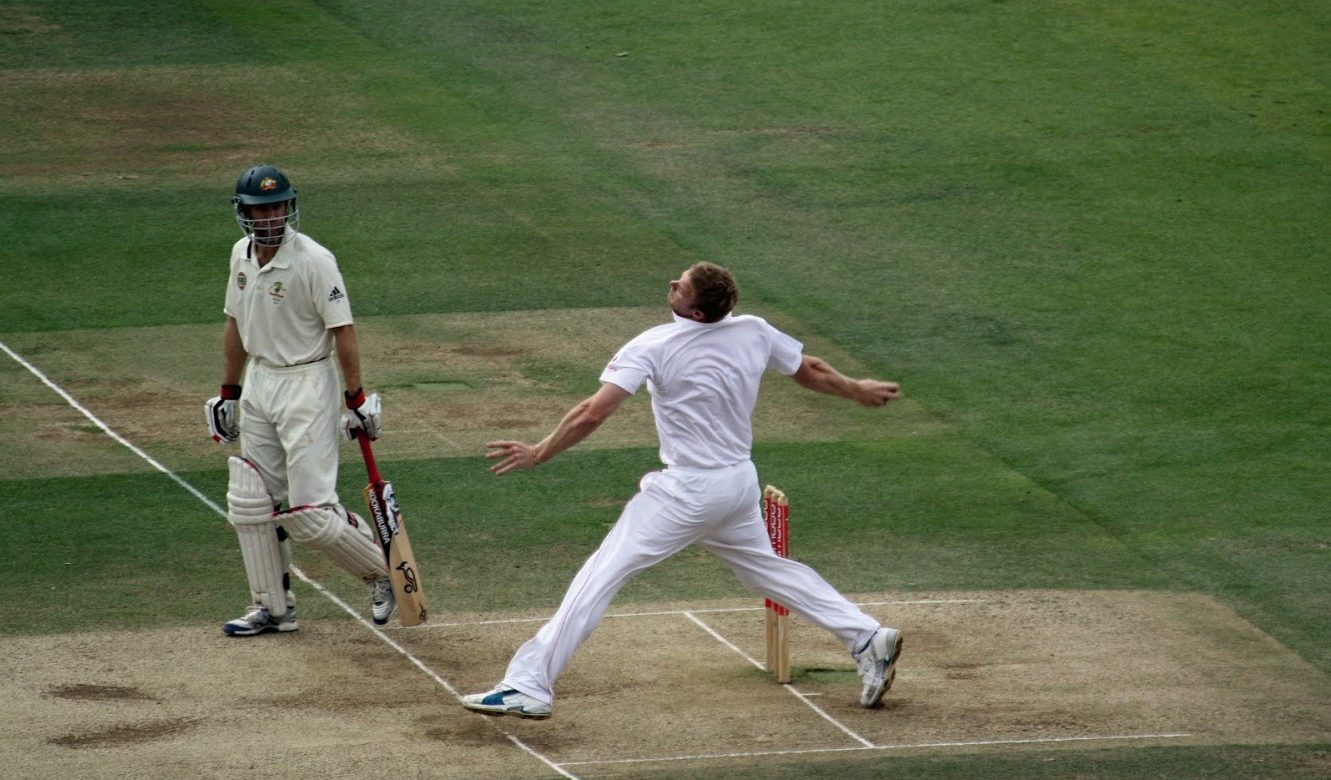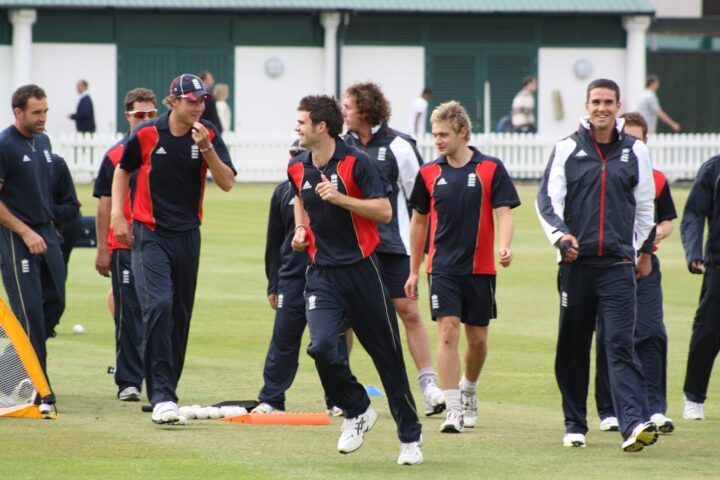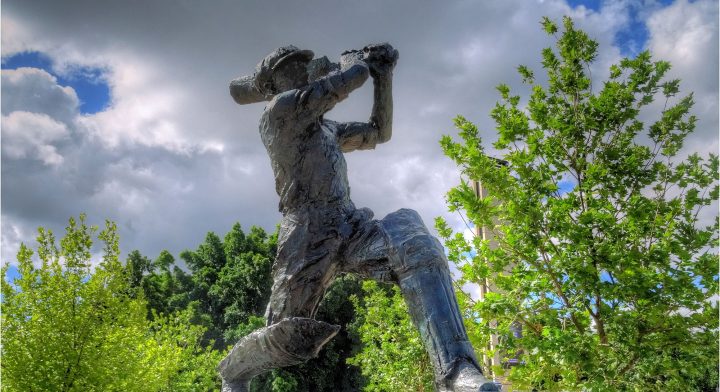Here’s a trip down memory lane from new guest writer Lee Payne. This submission got my attention because I remember U19 World Cups fondly. Enjoy!
Remember when you were young? Remember when it was so easy to get obsessed with something? Sport wasn’t something I enjoyed until I was about 9 years old. Until then, it was nothing more than an interruption to my weekend cartoons. Dad would seize the remote and take over.
But then one day, in January 2003, as the Christmas holidays from school were nearing their end, I started getting up early with my Dad to watch the live coverage of the fifth Ashes Test in Sydney. I sat and watched Michael Vaughan score a brilliant century and I can remember thinking ‘this game is brilliant’. Vaughan’s batting seemed like an art form to me. From then on, I loved cricket.
As you do when you become obsessed with something, I then consumed as much of it as I could. Wherever I could find cricket I would watch it, read about it, play it or listen to it. I guess that’s why, as an 11-year-old, I watched the 2004 Under 19 World Cup with total dedication.
I’m not sure why but that tournament suddenly popped into my head recently. And since then I’ve been wondering just how many of the players involved went on to become big stars in world cricket.
I am not exaggerating in any way when I say that I consumed and took a far greater interest in the Under 19 World Cup thirteen years ago than I did the senior World Cup in 2015. I spent many days sat on the sofa – I think it was the February half term – watching as much of it as I could.
Reading up on the tournament now, I realise that my interest was heightened by the fact that it was very well attended. It was hosted by Bangladesh, and the locals gave the young players some big crowds to perform in front of. I struggle to care about a sporting event that has no one there watching.
I also note how complicated the format was, with the teams that didn’t make it through the initial group stage carrying on to play a ‘plate’ competition. Bangladesh won this plate competition, beating Australia by 8 runs, but it’s not exactly clear what they actually won.
So what familiar names were involved? Samit Patel was the England captain, in a squad containing Ravi Bopara, Tim Bresnan, Alastair Cook, Steven Davies, James Hildreth, Liam Plunkett and Luke Wright. Only Hildreth, who is now one of Somerset’s all time leading run scorers, has never played for the full England team. All of the others have, with varying degrees of success.
Cook averaged 76 in this World Cup with two centuries and one half century from seven innings, but surely no one could have predicted that this gangly Essex kid would go on to score 10,000 Test runs.
India had Dinesh Karthik, Suresh Raina, R.P. Singh and Robin Uthappa in their squad, as well as the player of the tournament Shikhar Dhawan. Dhawan scored 505 runs in the 2004 tournament. Now aged 31, he was one of the stars of the recent Champions Trophy.
Interestingly enough, England’s current limited overs skipper Eoin Morgan was representing his native Ireland in 2004, alongside Kevin O’Brien, Boyd Rankin and Gary Wilson. The Irish were lead by William Porterfield, who is now doing the same job for the senior team.
Sri Lanka had Farveez Maharoof, Kosala Kulasekara, Angelo Mathews, Kaushal Silva and Upul Tharanga amongst their number. Mathews is obviously the current Sri Lanka captain and has played nearly 200 ODIs.
Meanwhile, the West Indies squad featured future internationals Denesh Ramdin, Xavier Marshall, Ravi Rampaul and Lendl Simmons.
The other big nations taking part in the tournament had a lot fewer players who would go on to big things. Australia had Steve O’Keefe, who won the first Test for Australia against India earlier this year, and Moises Henriques, but not much else.
Only wicketkeeper BJ Watling stands out from the New Zealand squad. Pakistan had Zulqarnain Haider, best known for seeking asylum in the UK in 2011 after receiving death threats for getting on the wrong side of some match fixers, and Wahab Riaz.
The stand out name in the South Africa squad is Vernon Philander. Colin de Grandhomme was lining up for Zimbabwe in 2004, but last year made his Test debut for New Zealand and took a five wicket haul.
Pakistan won the trophy itself, beating the West Indies by 25 runs in the final in Dhaka. England made the semi-finals but lost to the West Indies after being bowled out for 155 chasing 250.
Australia didn’t get out of the group stage – sounds familiar?! – and instead played in the aforementioned plate competition where they were narrowly beaten by the hosts. The Aussies did, however, bowl out Scotland for just 22. Seven Scots failed to score, and there were ten extras. Australia chased it in less than four overs!
I have fond memories of that 2004 Under 19 World Cup, and it’s been a joy to look back at it again. It’s fascinating that quite a few of the players who took part in that tournament have gone on to have very successful international careers, while others have faded entirely. Who exactly is Dan Broadbent, for instance? Apparently he was on the books at Yorkshire, but I’ve not heard his name in the last thirteen years.
Also, Uganda and Papua New Guinea played in Bangladesh, yet neither of made great strides in the cricketing world since. Geraint Jones remains PNG’s most famous ever player.
The only downside to this joyful tournament was the fact that it was my first exposure to the commentary of Danny Morrison, who you can now hear getting way too excited about everything on the IPL coverage.
I wouldn’t change anything about it though – it makes me wish I was 11 years old again.
Lee Payne








